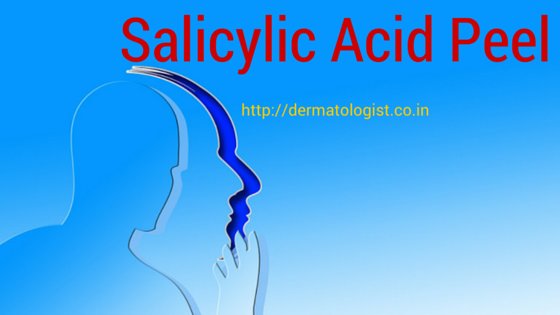

Salicylic acid has been used to treat various dermatological disorders for more than 2,000 years. The property of salicylic acid to cause exfoliation of the stratum corneum makes it an efficacious agent for peeling. Also the comedolytic property of salicylic acid makes it an effective peeling agent for patients with acne vulgaris. In the past SA was considered as a keratolytic agent. But in this article [1] the role of salicylic acid as a desmolytic agent has been discussed. The ability of SA to disrupt cellular junctions rather than breaking or lysing intercellular keratin filaments makes it a Desmolytic agent rather than the true keratolytic agent.
Salicylic acid as a peeling agent finds a number of indications like acne vulgaris, melasma, photodamage, freckles, and lentigines. The efficacy and safety of salicylic acid peeling in Fitzpatrick skin types I–III as well as in skin types V and VI have been well documented in the literature. This paper reviews the available data and literature on salicylic acid as a peeling agent and its possible indications. Its properties, efficacy and safety, the peeling procedure, and possible side effects are discussed in detail. A description of salicylism has also been added to the review.
Reference:
Arif, T. (2015). Salicylic acid as a peeling agent: a comprehensive review. Clin Cosmet Investig Dermatol, 8455-61. PMID: 26347269 [Full Text]
- Causes of hair loss? - May 11, 2020
- Who should not do Hair Transplant? - June 13, 2017
- My passion.. My dream.. My clinic - April 4, 2017
Sounds interesting. Beta hydroxy acid peels (Salicylic acid) are very effective in Acne & as a rule Alpha hydroxy acid peels ( Glycolic acid) were considered the gold standard for pigmentation. This gives a new perspective. Let’s try